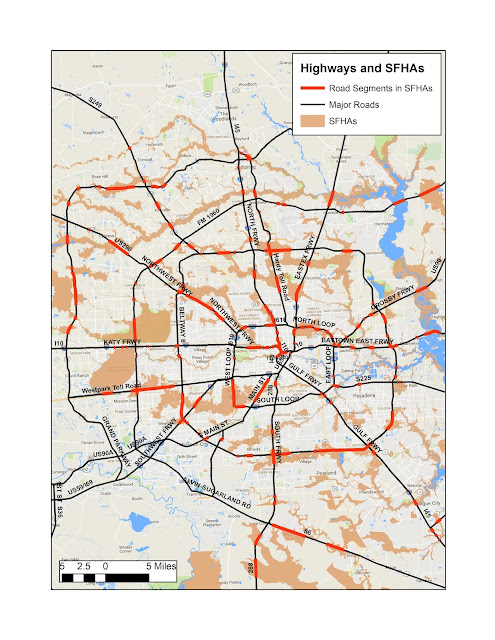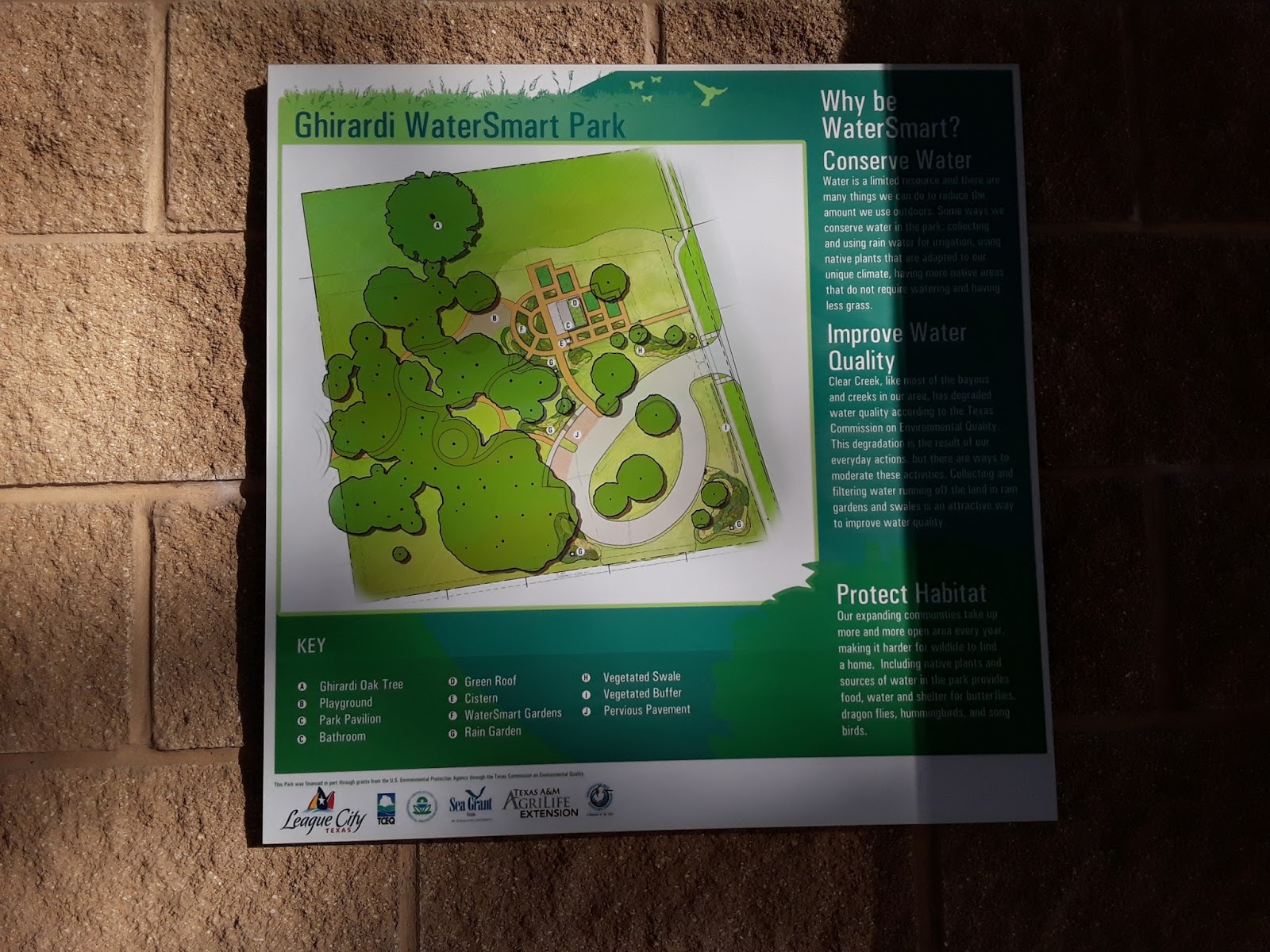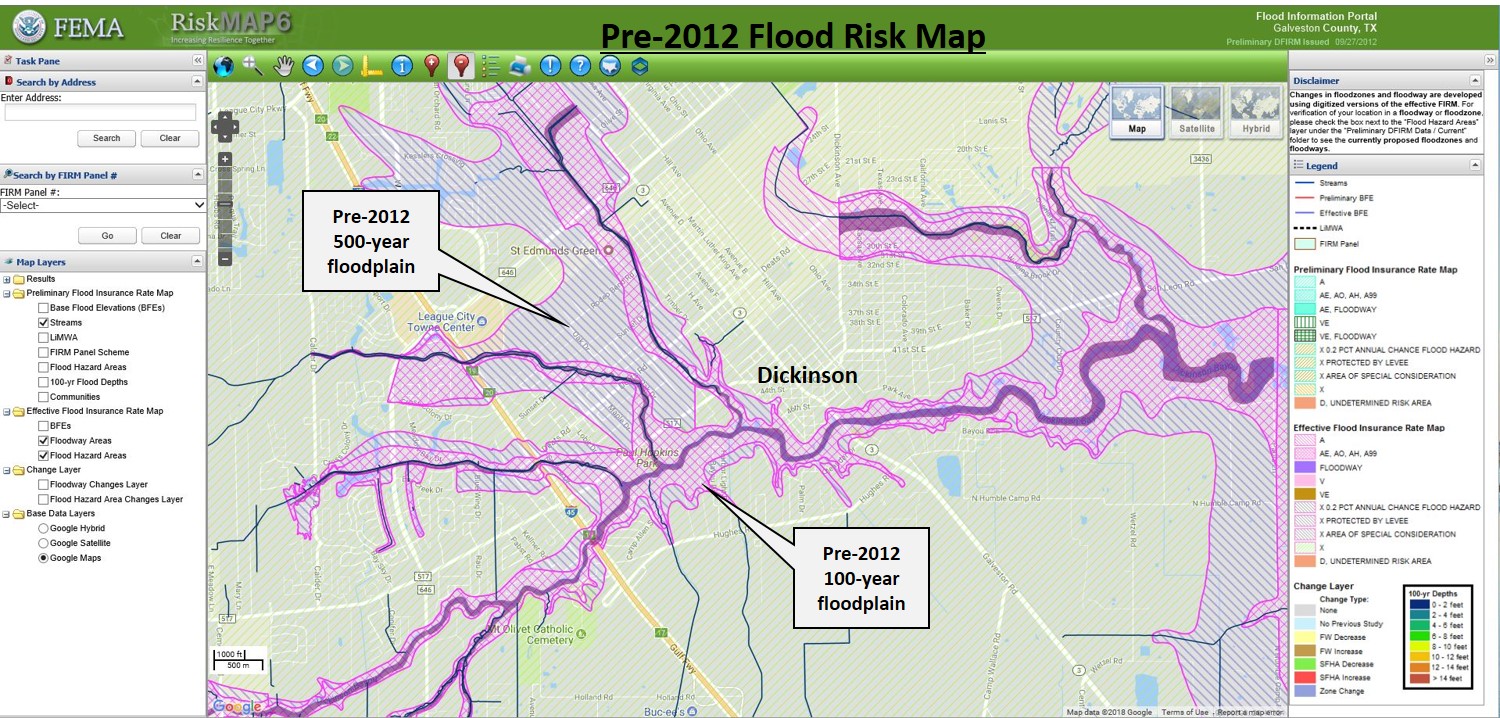Example - how to evaluate flood risk for potential property purchase

An article in the Houston Chronicle by Vanessa Brashier dated February 25, 2018 provides a case study for how a prospective property buyer could perform an initial evaluation of flooding risk. The article is entitled "Liberty County community signals growth is ahead - Encino Estates offers country living and affordability north of Dayton." https://www.houstonchronicle.com/business/real-estate/article/Liberty-County-community-signals-growth-is-ahead-12705439.php To begin the evaluation the prospective property buyer could easily perform two key steps from their home computer as follows: Step 1: Locate property using Google Maps. In this example I entered the search term "maps encino estates liberty county, tx" and then clicked on the Directions tab on the featured listing as shown below. The resulting map is shown in Figure 1. Encino Estates is a new development, so the actual area of the subdivision does not show up on the Streets map....




